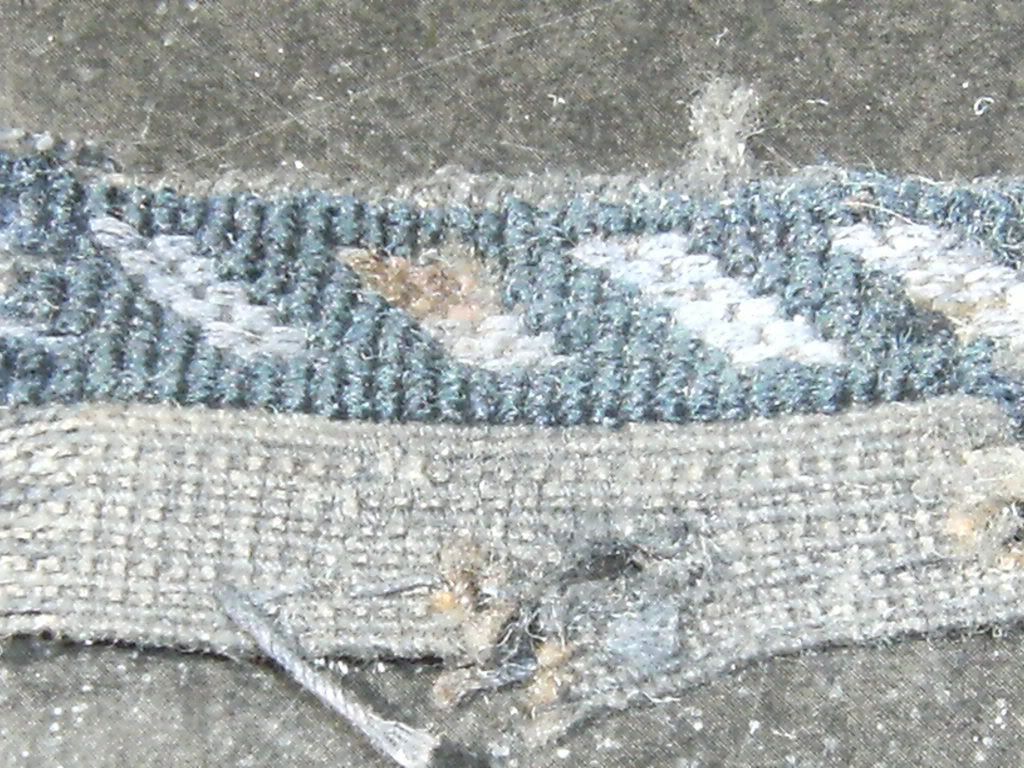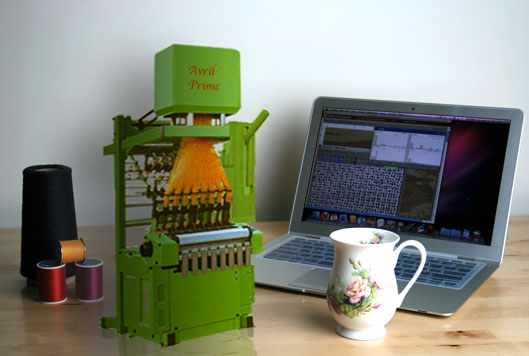I want to make a small power weaving loom for weaving 1" ribbon. I found very little about construction details except for a 1922 copy of a book on cd rom that supposes prior knowledge. I think that I can make the Jacquard head that controls the patterning through punched cards.
Are there any drawings out there that have not yet reached the internet?
Are there any drawings out there that have not yet reached the internet?






